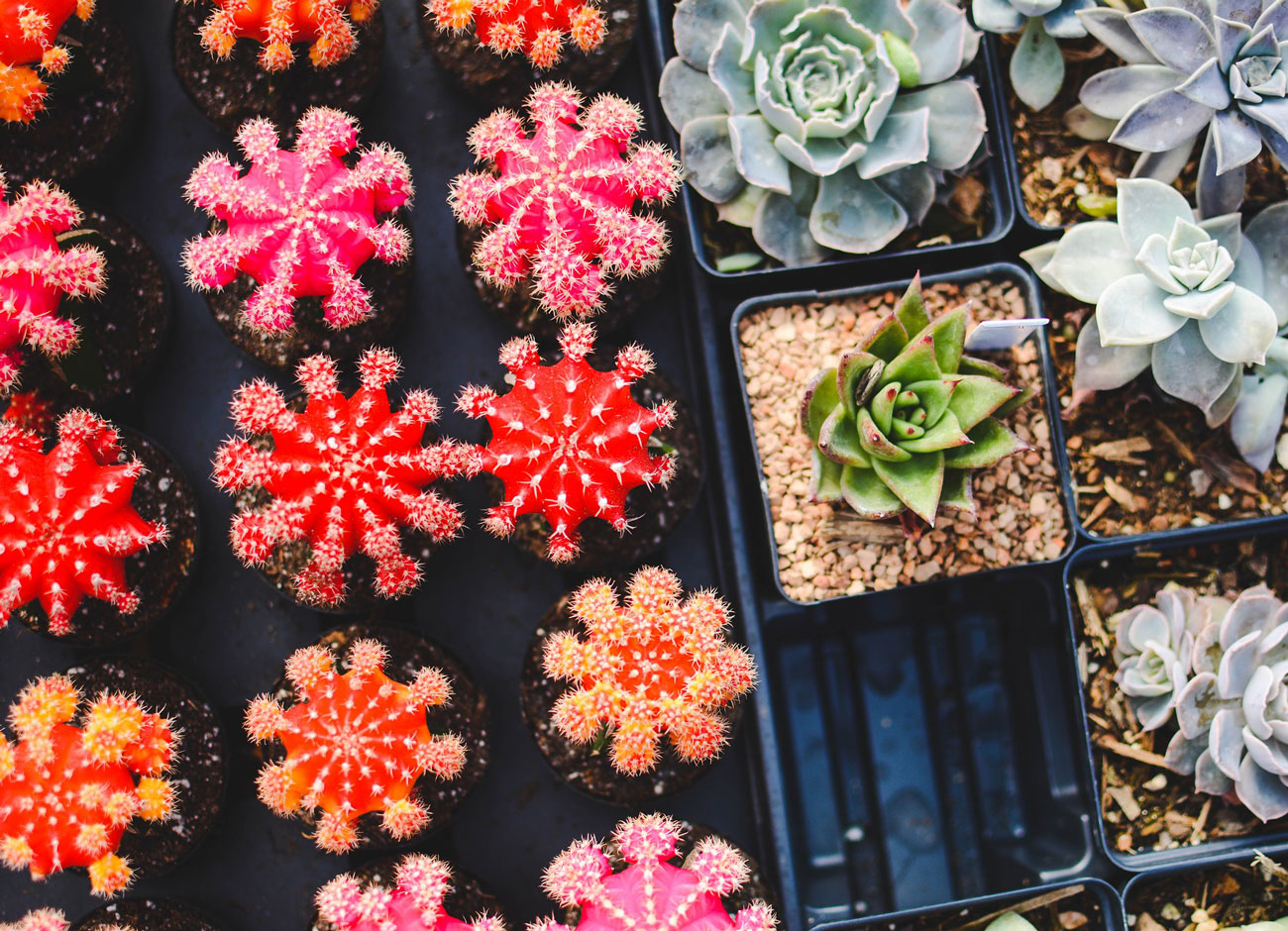DIY Life: Making Landscapes Water-wise

Decades of drought leave many people wondering what they can do to preserve every last precious drop.
In April, with most of Utah in severe or extreme drought and following a winter with below normal snowpack, Governor Spencer Cox ‘98 issued an executive order declaring a state of emergency, asking residents to conserve the water we have.
Utah is the second-driest state in the nation based on average annual precipitation, yet one of the top per capita users of water, says Kelly Kopp, Utah State University Extension water conservation and turfgrass specialist. Urban landscape irrigation accounts for up to 65% of the annual municipal water use, and much of that is applied in excess of what plants actually need.
“We all need to conserve in every way possible so we have enough water for public consumption, instream flows, and agricultural production,” Kopp says. “Scheduling landscape irrigation according to plant water needs will reduce water waste, and proper irrigation encourages deeper root growth and healthier, more drought-tolerant plants.”
And this fall, as temperatures cool, consider planting water-wise landscapes that save water in the future.
Visit USU Extension’s drought information website. USU’s Center for Water-Efficient Landscaping website includes resources on water-wise and native plants, sustainable turfgrass research, and urban water conservation.
Seven Principles of Water-wise Landscaping

#1. Planning and design. Pay attention to sun, shade, soil conditions, slope, etc., and determine where plants should be placed for both function and aesthetics. For example, deciduous trees can be planted to increase summer shade as well as winter sun.
#2. Soil preparation. Proper soil preparation improves plant water use efficiency in the future. Consider soil texture, structure, organic matter content, nutrient status, and pH when choosing plants.
#3. Plant selection. Choose plants for the size and function of the area. Consider irrigation requirements, adaptability, mature plant size, and climate hardiness zones.
#4. Practical turf areas. Choose species and varieties with lower water requirements and mow to a height of 2-4 inches for deeper rooting. Properly fertilize to improve drought tolerance and recovery, and leave grass clippings when mowing.
#5. Mulch. Cover bare soil with mulch to prevent crusting, compaction, and evaporation of moisture. Organic mulches include wood or bark chips, nut shells, pine needles, grass clippings, etc. Inorganic options include gravel or crushed stone, lava rock, and cobblestones.
#6. Efficient irrigation. Hydrozone or group plants with similar water requirements in the same irrigation zone(s). Use drip irrigation systems to apply water directly to plant roots. Water trees and shrubs less frequently than grass areas, but for longer periods of time.
#7. Landscape maintenance. Control weeds, fertilize regularly, and control plant growth through pruning. Also monitor for and control damaging diseases and pests.
Tips for Keeping Plants Alive During Drought

Limit use to ½ inch of water with each irrigation, or 1 inch of irrigation per week. While it’s tempting to water more, that amount is more than sufficient to keep grass alive. With limited water, prioritize which plants to water first. Do not rely on a sprinkler clock to water lawns on a schedule. Determine how much water the lawn actually requires and water accordingly.
* Priority #1 – Trees Provide shade, help cool your home and produce oxygen. They are the most valuable plants in your landscape.
* Priority #2 – Shrubs Filter dust and pollution from the air and help dampen traffic noise.
* Priority #3 – Perennials Plant roots, over time, help improve the soil in your landscape.
* Priority #4 – Annuals Provide pollen for bees and other pollinators as well as food for hummingbirds. They also add bright colors and interest to your landscape.
* Priority #5 – Grasses Hardy plants that enter dormancy during drought and recover when conditions improve.
By Julene Reese ’88
Visit USU Extension’s drought information website, drought.usu.edu, for more information. USU’s Center for Water-Efficient Landscaping website at extension.usu.edu/cwel/ includes resources on water-wise and native plants, sustainable turfgrass research, and urban water conservation.
Illustrations by Freepik and Liz Lord ’04.





